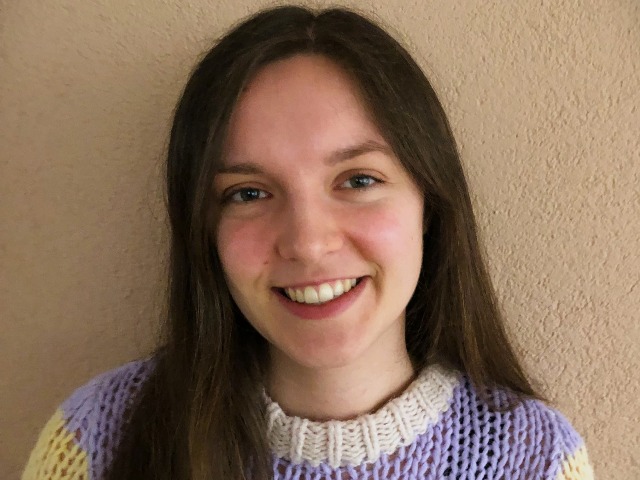Giving meaning to death through children's literature
| Date: | 20 July 2023 |

Alissa Kivits graduated from our faculty last year and wrote her thesis on children's literature and death. We asked her to tell us more about this interesting combination.
Children's books enable children to think about death in a unique way. In fact, they are written to be read aloud and encourage children to discuss death together with parents, grandparents or teachers. Therefore, children's literature can be seen as a form of storytelling. In the Dutch secular context, there are many initiatives to make meaning of death together outside traditional religious institutions. Children's books that focus specifically on the subject of death seem to be part of this development. This information made me very curious about the answer to the following question: "How can we understand storytelling through children's literature in relation to making meaning around death in the Dutch secular context?"
To answer this question, I analysed the report 'Mortals: living better with death'. This is a recently released inspirational advice from the Public Health & Society Council. The report gave me insight into how 'secularity' is understood and expressed in the Netherlands. I then analysed six popular Dutch children's books about death. Of four of these children's books, I also interviewed the author or illustrator to include their perspective.
Through my research, I was able to establish that secularity is linked to a dominant narrative around time. That narrative implies that people have moved away from the authority of religion and towards freedom in individual meaning-making around death. Children's literature responds to this narrative and in part reinforces it. At the same time, the stories that children's books tell prove that secularity and religion are actually linked in meaning around death. The stories use symbols to which one can give both religious and secular meaning. They leave questions about death open for children (in conversation with parents/carers/teachers) to answer for themselves. In fact, the books do not move away from religion and towards individual freedom. Instead, they use many of the same symbols as in religion, to which meaning can be made collectively through 'storytelling'.
An example: In many books, birds are used in the illustrations to symbolise death and the journey that follows. The bird has been used in different religions for centuries as a symbol of the soul. However, the books do not use the word 'soul'. Neither do they tell where the birds are travelling to. That is left to the (pre-)readers.

